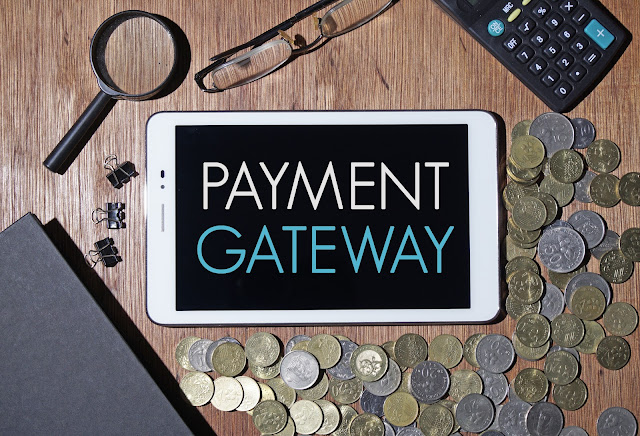Understanding the Dispute Process: What to Expect During a Chargeback
The phrase “chargeback” has spread widely in today’s digital economy, where transactions take place on international borders and via online payment gateway. A chargeback is a procedure that enables customers to contest a transaction and ask their bank or credit card company for a return. Both businesses and customers may find this procedure to be confusing and frustrating. To properly prepare you, we’ll walk you through each stage of the chargeback process in this blog.
Step 1: The Dispute Initiation
When a customer discovers an unusual or unauthorised payment on their credit card statement, the chargeback procedure typically gets started. They might not have received the item, had subpar service, or been the victim of fraud. In these situations, the customer files a complaint with their bank or credit card company. The issuer then looks into the claim to see if it is true.
Step 2: Issuer Investigation
The issuing bank launches its investigation as soon as a dispute is filed. They interview the client for information, examine transaction logs, and evaluate any supporting documentation offered. Merchants enter the scene in this situation. In order to better grasp the issue, banks frequently ask for transactional information, invoices, shipping data, and communication records.
Step 3: Merchant Response
The merchant is informed when there is a dispute and given the chance to react. In this crucial stage, merchants argue their position and offer proof that the transaction was lawful. A chargeback process’s outcome can be considerably impacted by prompt and precise responses.
Step 4: Arbitration and Resolution
After reviewing both sides of the story, the issuing bank decides whether the customer’s claim is valid. If the bank sides with the customer, a chargeback is initiated, and the merchant’s bank account is debited for the disputed amount. If the bank sides with the merchant, the dispute is closed, and the customer is notified.
Step 5: Representment
In cases where the bank sides with the customer, merchants can initiate a process called “representation.” This allows merchants to present payment gateway integration to challenge the chargeback decision. Proper documentation and persuasive arguments can sometimes lead to a reversal of the chargeback.
Key Considerations for Merchants:
- Clear Communication: Maintain open lines of communication with your customers. Transparency can prevent misunderstandings that might lead to disputes.
- Documentation: Keep thorough records of transactions, invoices, shipping details, and customer communication. These documents can be invaluable when responding to disputes.
- Prompt Responses: Respond promptly to dispute notifications. Delays can negatively impact the outcome.
- Customer Service: Excellent customer service can prevent disputes. Address customer concerns promptly and amicably.
- Fraud Prevention: Implement strong fraud prevention measures to reduce the likelihood of unauthorised transactions.
Navigating the Chargeback Landscape
For merchants, chargebacks can be complex and resource-intensive. They can impact cash flow, damage reputation, and increase operational costs. Therefore, adopting a proactive approach to dispute prevention is crucial.
- Address Customer Concerns: Prioritise excellent customer service. Ensure that customers have a clear path to reach out with their concerns.
- Enhance Security Measures: Implement stringent security protocols to prevent fraudulent transactions.
- Streamline Communication: Make it easy for customers to communicate with your support team and address their issues promptly.
- Stay Informed: Keep abreast of industry trends and updates related to chargebacks and dispute resolution.
The chargeback process, while designed to protect consumers, can sometimes be challenging for both merchants and customers. By payment gateway solutions malaysia being proactive in addressing concerns and providing clear documentation, merchants can navigate this landscape more effectively. For customers, it’s a safety net that ensures they can make purchases online with confidence, knowing that their concerns will be addressed in case of any issues.




Comments
Post a Comment